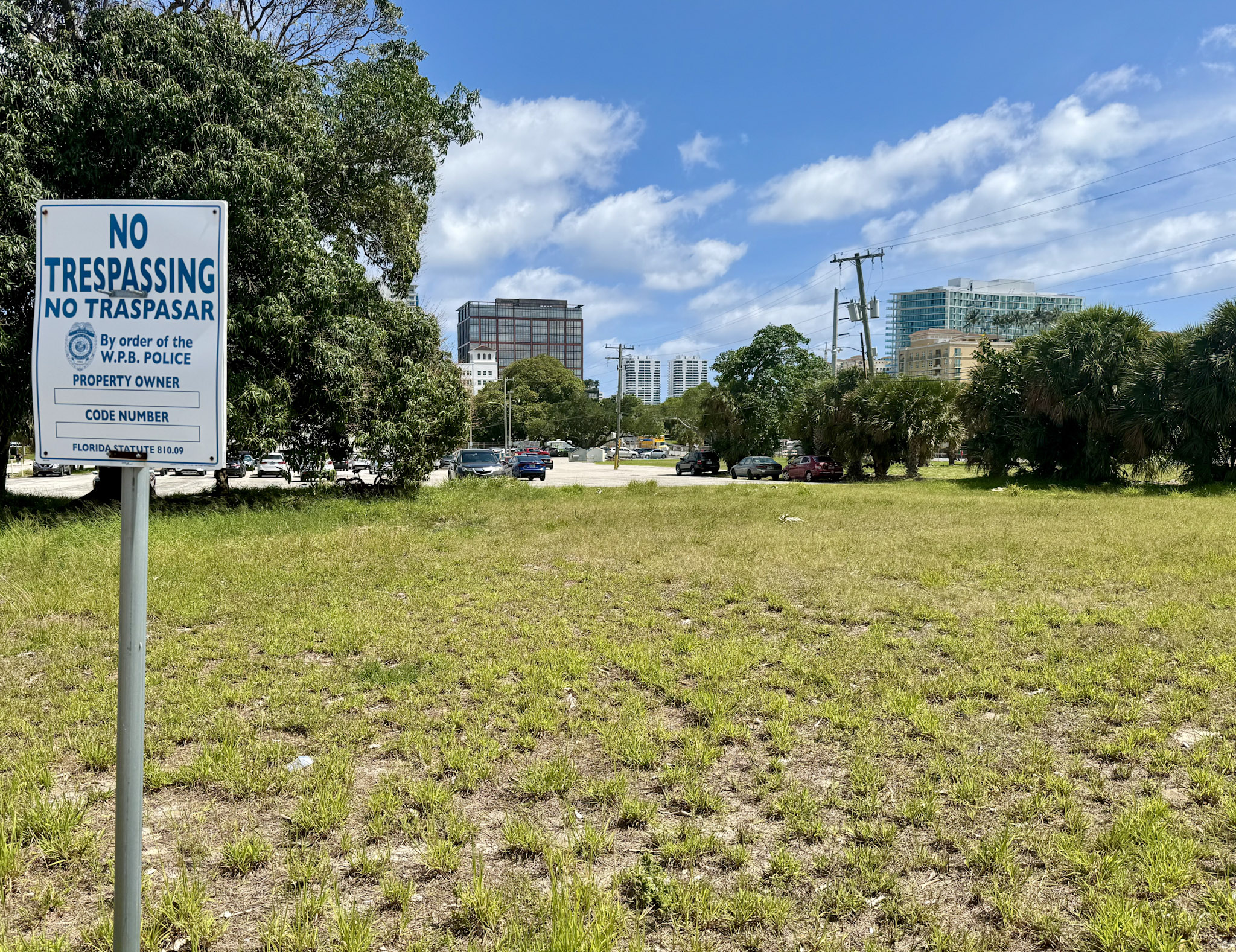
The Uprooting of a Community Around USC: A Report on Gentrification and Sustainable Development Goals
Introduction
This report examines the transformation of a longstanding South Los Angeles community adjacent to the University of Southern California (USC). It highlights the impacts of gentrification driven by university expansion and urban development, emphasizing the importance of aligning community development with the United Nations Sustainable Development Goals (SDGs), particularly SDG 11 (Sustainable Cities and Communities), SDG 10 (Reduced Inequalities), and SDG 1 (No Poverty).
Background and Community Context
The South LA neighborhood historically consisted of multigenerational families, predominantly Black and Latino residents, living in affordable housing with strong social networks and community cohesion. This environment supported SDG 3 (Good Health and Well-being) through safe neighborhoods and SDG 4 (Quality Education) via access to local schools.
- Residents enjoyed a close-knit community with local businesses and social support systems.
- Affordable housing and accessible amenities fostered social inclusion and economic stability.
University Expansion and Its Impact
USC’s enrollment increased from approximately 34,700 students in 2013 to nearly 49,000 in 2024, accompanied by a significant rise in tuition and living costs. To accommodate this growth, USC and private developers have constructed large-scale student housing projects, such as:
- Landmark Properties project (1,500+ beds)
- USC Expo (260 beds)
- Jasper LA (400-600 beds estimated)
This expansion has contributed to gentrification, displacing long-term residents and undermining SDG 10 (Reduced Inequalities) and SDG 11 (Sustainable Cities and Communities).
Effects of Gentrification on the Community
- Demolition of affordable family homes replaced by luxury high-rise apartments with rents beyond the reach of former residents.
- Displacement of Black residents reduced from 24% in 1990 to 13% in 2019, indicating significant demographic shifts.
- Loss of local businesses and community spaces, replaced by high-end retail catering to affluent students, diminishing social cohesion and economic diversity.
- Displaced families face reduced access to employment, education, and social services, negatively impacting SDG 1 (No Poverty) and SDG 4 (Quality Education).
USC Village Case Study
USC Village, a prominent development adjacent to the university, was promoted as a shared space for students and residents but has instead accelerated displacement and increased rents. Key observations include:
- Replacement of family-owned businesses with corporate chains.
- Loss of affordable grocery stores and community theaters.
- Exclusion of low-income residents from new amenities.
This development exemplifies challenges in achieving SDG 11 by failing to create inclusive, sustainable urban environments.
Policy and Legal Framework Challenges
Existing tenant protection laws such as the California Tenant Protection Act (AB 1482) have limitations, including exemptions and weak enforcement. Additionally, state laws like the Ellis Act and Costa-Hawkins Rental Housing Act undermine local rent control efforts, facilitating displacement. Housing justice advocates are pursuing reforms including:
- Repeal or reform of Costa-Hawkins to restore local rent regulation control.
- Reform of the Ellis Act to prevent speculative evictions (e.g., AB 2050 requiring minimum ownership duration).
- Strengthening rent stabilization and just-cause eviction protections.
These efforts align with SDG 16 (Peace, Justice, and Strong Institutions) by promoting equitable legal frameworks and SDG 10 by reducing inequalities.
Community Engagement and Accountability
USC’s 2001 Community Benefits Agreement (CBA) promised affordable housing, local hiring, and small business support but lacked implementation. Effective CBAs, such as those linked to Crypto.com Arena, demonstrate the potential for meaningful community benefits when residents have a voice in urban planning.
- Current outreach efforts are often limited, lacking transparency and accountability.
- Longtime residents require inclusion in decision-making processes to uphold SDG 16 and SDG 11.
Recommendations for Sustainable and Inclusive Development
- Support Community-Based Organizations:
- UNIDAD Coalition: Advocates for equitable development and displacement prevention.
- Strategic Actions for a Just Economy (SAJE): Focuses on tenant rights and community-led planning.
- Demand Transparency and Accountability from USC:
- Negotiate a binding Community Benefits Agreement with enforceable affordable housing and anti-displacement measures.
- Participate in Public Decision-Making:
- Engage in LA City Planning Commission meetings and submit concerns regarding USC developments.
- Advocate for Stronger Housing Policies:
- Call for closing loopholes in rent control laws and expanding tenant protections.
- Empower Residents and Tenants:
- Support tenants’ rights groups and legal aid to prevent evictions and displacement.
Conclusion
The displacement of South LA residents due to USC-driven gentrification threatens the social fabric and cultural heritage of the community. Addressing this challenge requires a commitment to the Sustainable Development Goals, particularly those focused on sustainable cities, reduced inequalities, and poverty eradication. Collaborative efforts between the university, policymakers, and community members are essential to foster inclusive growth that prioritizes people over profit and preserves the neighborhood’s identity for future generations.
1. Sustainable Development Goals (SDGs) Addressed or Connected to the Issues Highlighted in the Article
- SDG 1: No Poverty – The article discusses economic hardship faced by longtime residents and displacement due to rising housing costs.
- SDG 3: Good Health and Well-being – Loss of social networks and support systems affecting community well-being is highlighted.
- SDG 4: Quality Education – The article touches on access to education and affordability issues for local residents attending USC.
- SDG 8: Decent Work and Economic Growth – Local hiring commitments and economic displacement are discussed.
- SDG 10: Reduced Inequalities – The displacement of marginalized Black and Latino communities and economic inequality are central themes.
- SDG 11: Sustainable Cities and Communities – Issues of affordable housing, urban development, gentrification, and community inclusion are key concerns.
- SDG 16: Peace, Justice and Strong Institutions – Tenant protections, legal frameworks, and community participation in decision-making are emphasized.
2. Specific Targets Under Those SDGs Identified Based on the Article’s Content
- SDG 1 – Target 1.4: Ensure access to basic services and ownership rights to housing for all, including vulnerable populations.
- SDG 3 – Target 3.4: Promote mental health and well-being, which relates to preserving social networks and community support.
- SDG 4 – Target 4.3: Ensure equal access to affordable and quality tertiary education.
- SDG 8 – Target 8.5: Achieve full and productive employment and decent work for all, including local hiring commitments.
- SDG 10 – Target 10.2: Empower and promote social, economic and political inclusion of all, particularly marginalized groups.
- SDG 11 – Target 11.1: Ensure access for all to adequate, safe and affordable housing and basic services.
- SDG 11 – Target 11.3: Enhance inclusive and sustainable urbanization and capacity for participatory planning.
- SDG 16 – Target 16.6: Develop effective, accountable and transparent institutions at all levels.
- SDG 16 – Target 16.7: Ensure responsive, inclusive, participatory and representative decision-making.
3. Indicators Mentioned or Implied in the Article to Measure Progress Towards the Identified Targets
- Indicator for SDG 1.4: Proportion of population living in slums or inadequate housing; rate of displacement of low-income residents.
- Indicator for SDG 3.4: Measures of community well-being and social cohesion, including access to support networks.
- Indicator for SDG 4.3: Enrollment rates of local low-income students in tertiary education; affordability of tuition and total cost of attendance.
- Indicator for SDG 8.5: Number or proportion of local residents employed through community hiring programs.
- Indicator for SDG 10.2: Demographic data on racial and economic composition of neighborhoods; rates of displacement among marginalized groups.
- Indicator for SDG 11.1: Availability and affordability of housing units for low-income residents; rent levels compared to median income.
- Indicator for SDG 11.3: Degree of community participation in urban planning processes; existence and enforcement of Community Benefits Agreements.
- Indicator for SDG 16.6 and 16.7: Transparency and accountability measures in local government and institutions; tenant protection laws enacted and enforced.
4. Table of SDGs, Targets, and Indicators
| SDGs | Targets | Indicators |
|---|---|---|
| SDG 1: No Poverty | 1.4: Ensure access to basic services and ownership rights to housing for all | Proportion of population living in inadequate housing; rate of displacement of low-income residents |
| SDG 3: Good Health and Well-being | 3.4: Promote mental health and well-being | Measures of community well-being and social cohesion; access to support networks |
| SDG 4: Quality Education | 4.3: Ensure equal access to affordable tertiary education | Enrollment rates of local low-income students; affordability of tuition and total cost of attendance |
| SDG 8: Decent Work and Economic Growth | 8.5: Achieve full and productive employment and decent work for all | Number/proportion of local residents employed through community hiring programs |
| SDG 10: Reduced Inequalities | 10.2: Empower and promote social, economic and political inclusion of all | Demographic changes in racial/economic composition; displacement rates among marginalized groups |
| SDG 11: Sustainable Cities and Communities | 11.1: Access to adequate, safe and affordable housing 11.3: Inclusive and sustainable urbanization and participatory planning |
Availability and affordability of housing; rent levels vs. median income Community participation in planning; existence/enforcement of CBAs |
| SDG 16: Peace, Justice and Strong Institutions | 16.6: Develop effective, accountable and transparent institutions 16.7: Ensure inclusive and participatory decision-making |
Transparency and accountability in governance; tenant protection laws enacted and enforced |
Source: knock-la.com







